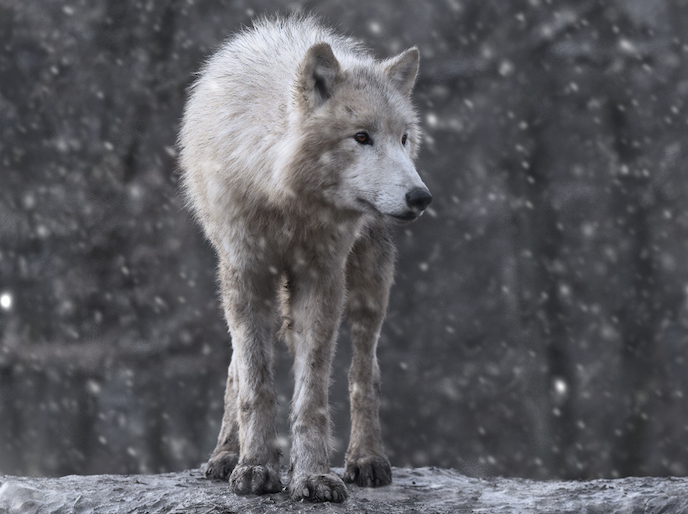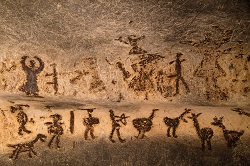Large-scale sampling and incorporation of ancient canids shines new light on relation between wolf and dog
EU-support research under the Marie Curie programme supported the Where Wolf project which set out to answer certain key questions concerning the relationship between wolf populations and domestic dogs. Principle investigator Dr Shyam Gopalakrishnan considered three aspects of canid evolutionary and population genetics: 1) the relationship between the different wolf subspecies, 2) the dog domestication event and its location and 3) the extent of fine scale local gene flow between dogs and wolves. He explains, “By ‘fine scale local gene flow’, I mean mixing/gene flow between two populations/species that live in the same area, such as grey wolves and coyotes in North America. ‘Adaptive introgression’ builds on this idea. Take, for example, Greenlandic sled dogs, which are well-adapted to live in the frigid Arctic north. Maybe they obtained these traits through interbreeding with wolves that lived in Greenland and were already adapted to the conditions there. This would be an adaptive gene flow or adaptive introgression in action.” Due to the complexity of the biological systems that wolves and dogs are, Where Wolf was unable to pinpoint the location or source of the domestic dog. But that does not mean the project has not made inroads into answering these questions. “When we look at the Arctic dog breeds, like the Siberian husky or the Greenlandic sled dogs, we now know fairly well where they come from, and to a large extent, the adaptations that they had to go through to survive in the Arctic environment. In many ways, they mimic some of the adaptations that humans underwent to survive in the far north,” says Dr Gopalakrishnan. Prof. Tom Gilbert at the Center for GeoGenetics in the University of Copenhagen has sequenced the genomes of a large number of wolves sampled from across the globe. By combining this resource with publicly available wolf and dog genome sequences and ancient canid genome sequences, (generated by the Gilbert lab with collaborators across the world), Dr Gopalakrishnan had the opportunity to address these aspects of canid evolutionary and population genetics. By carrying out the large-scale sampling and incorporation of ancient canids Dr Gopalakrishnan was able to shed new light on the evolutionary history of canids. The project generated the first de novo assembled genome of a wolf, which should help many future canine studies. As he explains, “We undertook a large study that involved many different canid species, including the dhole (Indian wild dog), African painted dog, coyotes, wolves, jackals and dogs. To our delight and despair, this study revealed the complexity underlying the evolution of this complex of species – there was widespread gene flow between both closely and distantly related species.” Recent studies in species ranging from geese to felines, have shown time and again that gene flow and mixture between species is more the rule than the exception in the natural world. Dr Gopalakrishnan’s study adds canids to this ever-growing list. The project has intriguing applications for conservation. Their findings related to Greenlandic wolves and African golden wolves can be used in real life conservation decisions. “Where Wolf threw up many challenges along the way, and we had to adapt the questions we asked to understand the evolutionary history of canids. I am very proud of the way that my collaborators and I were able to use these challenges as opportunities to learn more about the species,” he says.
Keywords
Where Wolf, dogs, wolves, canids, genetic sampling, ancient canids







